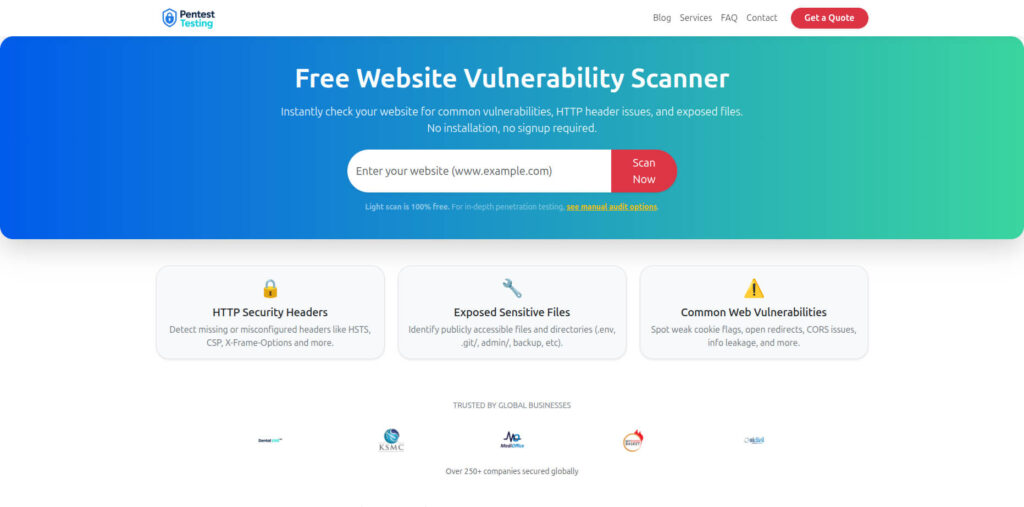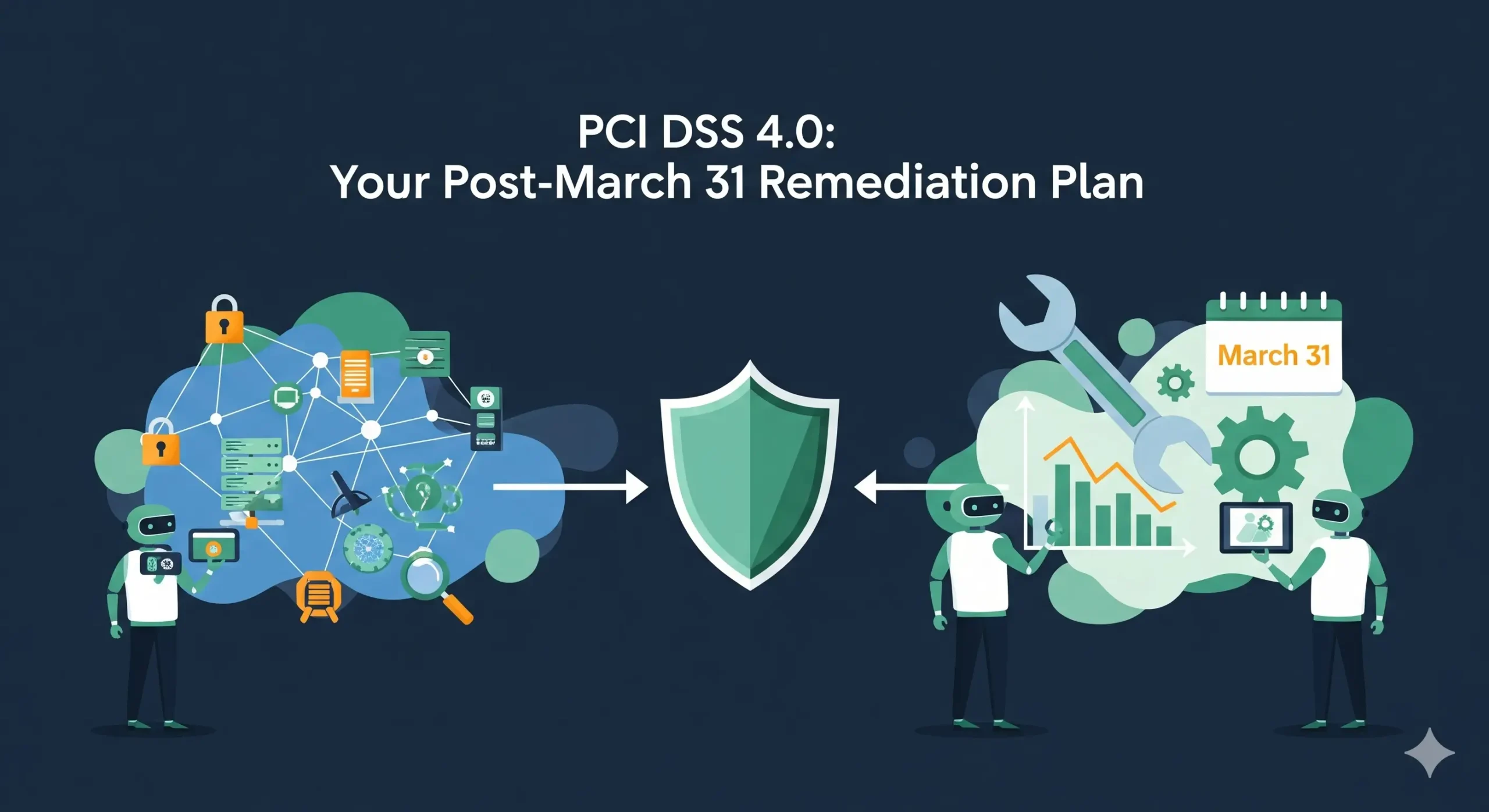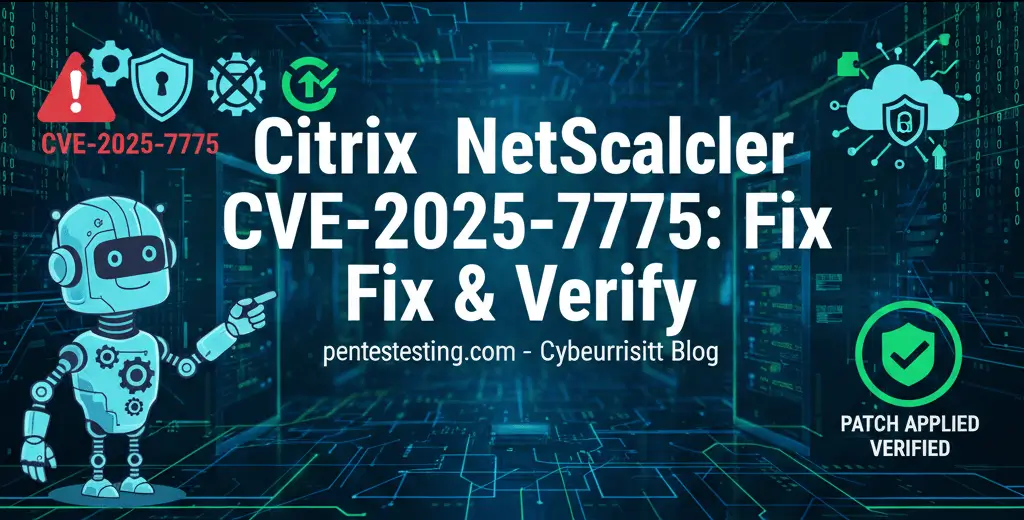7-Step NIS2 Reporting Drill: 24h/72h/1-Month Proven Kit
Why this matters now
Most EU member states have transposed NIS2. Audits in 2025 are stress-testing whether teams can warn in 24 hours, notify in 72 hours, and submit a final report within one month—with defensible evidence. This guide gives you a battle-tested NIS2 Reporting Drill you can run in a day, then operationalize in two sprints.

For a practical 60-day plan to map vendors, close gaps, and build audit-ready evidence, check out our guide on shrinking your supply-chain attack surface: https://www.pentesttesting.com/shrink-your-supply-chain-attack-surface/
Need help pressure-testing your drill? Start with a quick review and plan:
• Risk Assessment Services → gap map and roadmap
• Remediation Services → close findings fast.
What you’ll build
- A clear scope (essential vs. important entities) and supplier dependencies
- A 24h → 72h → 1-month reporting chain with owners & SLAs
- An evidence capture pipeline (tickets, timelines, IOCs, containment)
- Automations from SIEM/EDR into a signed evidence store (significant-incident tags)
- A 90-minute tabletop and a 14-day remediation sprint
- Pitfalls to avoid (materiality, comms backups, supplier lag)
Target keyword used throughout: NIS2 Reporting Drill (plus related phrases: NIS2 incident reporting, NIS2 compliance checklist, CSIRT notification, significant incident).
Step 1 — Determine scope and materiality
- Confirm entity type: essential vs. important; list regulated services and jurisdictions.
- Map suppliers: identity providers, cloud, MSP/MSSP, comms/legal.
- Define “significant incident” thresholds you’ll use operationally (impact, duration, users affected, cross-border).
Output: nis2_scope.yaml
entity:
type: essential # or: important
sectors: [digital_infra, healthcare]
jurisdictions: [DE, NL, FR]
contacts:
competent_authority: "[email protected]"
csirt: "[email protected]"
suppliers:
- name: "IdP-Cloud"
service: "SSO/MFA"
sla: "P1: 30m triage, 2h comms"
significant_incident_thresholds:
users_impacted_pct: ">=10"
outage_minutes: ">=240"
cross_border: true
data_breach: trueStep 2 — Build the 24h/72h/1-month reporting chain
Assign owners, escalation SLAs, and message templates.
24h Early Warning (short form)
# 24h Early Warning (NIS2)
incident_id: NIS2-2025-0007
ts_first_detected_utc: "2025-11-16T06:40:00Z"
ts_reported_utc: "2025-11-17T05:45:00Z"
reporter_org: "Example EU OES"
what_happened: "Ransomware on 3 app nodes; limited customer portal impact."
likely_scope: "EU customers in DE/NL; no PII exfil confirmed"
initial_measures: ["isolation", "EDR block rules", "backup validation"]
needs_guidance: ["cross-border comms", "sector info-sharing"]
pocs:
tech: "[email protected]"
legal: "[email protected]"72h Incident Notification (structured JSON)
{
"incident_id": "NIS2-2025-0007",
"summary": "Ransomware disrupting EU portal nodes; partial downtime",
"root_cause": "compromised supplier account + unpatched gateway",
"ioc": {
"hashes": ["41f..."],
"ips": ["185.199.110.153"],
"domains": ["c2-sync.example"]
},
"impact": {
"users_affected": 210000,
"countries": ["DE", "NL"],
"duration_minutes": 310,
"data_breach": false
},
"containment": ["network segmentation", "credential reset", "golden image redeploy"],
"eradication": ["rotate API keys", "patch edge gateway", "audit supplier access"],
"recovery": {"rto_minutes": 240, "rpo_minutes": 15},
"cross_border": true,
"suppliers_notified": ["EdgeGatewayCo", "IdP-Cloud"],
"evidence": ["/evidence/NIS2-2025-0007/*.jsonz.sig"]
}1-Month Final Report (outline to paste into doc)
1. Executive Summary (timeline + impact metrics)
2. Cause Analysis (attack path, control gaps)
3. Evidence Index (hashes + signatures, systems, tickets)
4. Measures Taken (contain, eradicate, recover)
5. Lessons Learned (preventive controls, supplier clauses)
6. Follow-ups (audits, retests, tabletop cadence)Free Website Vulnerability Scanner Landing Page

Step 3 — Instrument evidence capture from minute zero
Create a single evidence index with hashes, timestamps, and owners.
# Create a per-incident evidence vault with signed artifacts
INC=NIS2-2025-0007
mkdir -p evidence/$INC && echo "{}" > evidence/$INC/index.json
find /var/log -name "app*.log" -mtime -2 -print0 | xargs -0 tar -czf evidence/$INC/logs.tgz
sha256sum evidence/$INC/logs.tgz > evidence/$INC/logs.tgz.sha256
# (Optional) OpenSSL sign
openssl dgst -sha256 -sign org_signing_key.pem -out evidence/$INC/logs.tgz.sig evidence/$INC/logs.tgzTicket primer (Jira text you can paste):
[NIS2][Evidence] Log archive logs.tgz (SHA256: <hash>, SIG: logs.tgz.sig)
Owner: IR lead | Retention: 2 years | Chain-of-custody ref: E-0172Investigator timeline CSV
ts_utc,actor,action,notes
2025-11-16T06:40:21Z,EDR,Alert,Behavioral ransomware on app02
2025-11-16T06:45:02Z,IR,Contain,Isolate app01-03 VLAN 230
2025-11-16T07:05:10Z,Ops,Recover,Restore from snapshot 02:30ZStep 4 — Automate SIEM/EDR to a signed evidence store
Example: Splunk SPL (ransomware + cross-border impact)
index=edr sourcetype=malware action=blocked OR action=quarantined earliest=-24h
| stats values(host) as hosts, dc(user) as users, dc(src_country) as countries, count by signature
| eval cross_border=if(countries>1, "true", "false")
| where users>1000 OR cross_border="true"
| outputlookup append=true nis2_significant_incidents.csvExample: Microsoft Sentinel KQL (credential abuse threshold)
SigninLogs
| where TimeGenerated > ago(24h) and ResultType == 0 and Location !in ("EU")
| summarize users=dcount(UserPrincipalName), apps=dcount(AppDisplayName) by bin(TimeGenerated, 10m)
| where users > 50Example: Elastic KQL (IOC watchlist to case)
event.category:malware and process.name:("*vssadmin*" or "*wbadmin*") and
not event.outcome: "blocked"Python: tag & sign “significant incident” bundles
import json, hashlib, glob, subprocess, time, os
INC = "NIS2-2025-0007"
bundle = {"incident_id": INC, "artifacts": [], "ts_utc": time.strftime("%Y-%m-%dT%H:%M:%SZ", time.gmtime())}
for p in glob.glob(f"evidence/{INC}/*"):
if p.endswith(".sig"): continue
h = hashlib.sha256(open(p,"rb").read()).hexdigest()
bundle["artifacts"].append({"path": p, "sha256": h})
open(f"evidence/{INC}/bundle.json","w").write(json.dumps(bundle, indent=2))
subprocess.run(["openssl","dgst","-sha256","-sign","org_signing_key.pem","-out",f"evidence/{INC}/bundle.json.sig",f"evidence/{INC}/bundle.json"])Step 5 — Run a 90-minute tabletop (ransomware + cross-border)
Injects & flow
- T+0–15: EDR alerts; portal latency; DE & NL customers impacted
Deliverable: 24h Early Warning draft (owner: IR lead) - T+15–45: Supplier account misuse; service outage 120+ minutes
Deliverable: CSIRT contacts confirmed; comms channel fallback tested - T+45–70: IOCs confirmed; partial recovery; check backups
Deliverable: 72h Notification skeleton + evidence index hash - T+70–90: Legal review; exec sign-off; press holding lines
Deliverable: One-month Final Report outline with action owners
Scoring rubric (pass/fail)
- 24h draft in ≤30 min, 72h skeleton in ≤60 min, evidence bundle signed, supplier notification initiated, cross-border flag set.
Step 6 — 14-day remediation sprint
Days 1–2 — Contact trees & fallback comms
- Refresh authority/CSIRT emails & phone trees; test out-of-band (Signal/SMS/voice).
Days 3–5 — Playbooks & thresholds
- Codify NIS2 Reporting Drill triggers; document materiality matrix; publish in runbooks.
Days 6–9 — Logging & telemetry
- Ensure EDR/SIEM capture for auth, endpoint, edge, and supplier access; standardize time sync; add IOC watchlists.
Days 10–12 — Supplier clauses
- Add security incident RTO/RPO, cooperation on NIS2 reporting, and evidence retention into contracts.
Days 13–14 — Retest & coach
- Re-run the tabletop; check automations; freeze the audit binder.
Want a guided sprint with measurable outcomes? See Risk Assessment Services and Remediation Services.
Step 7 — Pitfalls & proven fixes
- Materiality confusion: Pre-approve thresholds in writing; codify in SIEM detections.
- Missing backup comms: Maintain non-corporate channels for IR leadership.
- Supplier notification lag: Add time-boxed notification duties and artifact sharing to MSAs.
- Unsigned evidence: Hash + sign every artifact; keep a ledger.
- Owner ambiguity: Use a RACI grid per deliverable (24h/72h/1-month).
Sample Scan Report to check Website Vulnerability

Copy-paste detections & hardening
Sigma-style quick rule (Windows shadow copy deletion)
title: Possible Ransomware Prep - Shadow Copy Deletion
logsource: { product: windows, service: sysmon }
detection:
selection:
EventID: 1
Image|endswith: '\vssadmin.exe'
CommandLine|contains: 'delete shadows'
condition: selection
level: high
tags: [nis2, significant_incident]PowerShell: export Defender events for evidence
Get-WinEvent -LogName "Microsoft-Windows-Windows Defender/Operational" -MaxEvents 5000 |
Export-Csv ".\evidence\NIS2-2025-0007\defender.csv" -NoTypeInformationLinux: isolate hosts quickly
iptables -I INPUT -s 0.0.0.0/0 -p tcp --dport 22 -j DROP
ip link set eth0 down # revert after IR lead approvalNginx: emergency read-only banner (static)
location / {
add_header Cache-Control "no-store";
try_files /readonly/index.html =503;
}
error_page 503 /readonly/notice.html;Recent posts you can reference in your binder
- HIPAA Remediation 2025: 14-Day Proven Security Rule Sprint — code-first remediation patterns (useful for evidence packaging).
- 7 Proven Steps to a Unified Risk Register in 30 Days — practical risk register mechanics you can reuse in NIS2 workstreams.
- Android Security Bulletin November 2025: 72-Hour Playbook — example of a crisp 72-hour workflow and artifact list.
- You’ll find additional compliance playbooks on our Blog.
Try the drill now (checklist)
nis2_scope.yamlapproved- 24h/72h/1-month templates customized
- Evidence vault & signing keys prepared
- SIEM queries alert on significant incident thresholds
- Tabletop scheduled (90 minutes)
- Supplier contacts verified & clauses drafted
- 14-day sprint plan booked
Where to go next
- Book a quick mapping session: Risk Assessment Services
- Turn gaps into passes: Remediation Services
🔐 Frequently Asked Questions (FAQs)
Find answers to commonly asked questions about NIS2 Reporting Drill.

